50 Words or Less
The PING PLD Ally Blue 4 putter combines quality feel and construction with a large, modern shape. Excellent consistency. Unusual specs open up the mallet category to more players.
Introduction
One of my favorite putters of the last few years was the PING PLD Milled [review HERE]. The company that created the design that everyone else copies – the Anser – was staking their claim a place in the premium putter category.
Since it’s launch in 2022, the PLD family has expanded, and this review will examine one of the newer members. The PING PLD Ally Blue 4 putter merges high end construction methods with a large, modern mallet shape with the goal of delivering forgiveness and a great

Looks
At address and in the bag, there’s nothing particularly elegant about the PING PLD Ally Blue 4 putter. It’s a big black square with a thick white alignment line down the middle. The sole is almost entirely blank except for “Ally Blue 4” on one of the two patches of black. But if you’re the type that gets some confidence from seeing a bulkier putter behind the ball, maybe that’s just fine.
A closer look reveals some nice milling and shaping hidden in the all-black finish. The face has an attractive deep mill pattern with the “PLD” branding on the very far heel side. On both the heel and toe sides, the putter angles toward the center, pouring the focus into the alignment line. The matte black stepless shaft is a nice touch that gives the putter a cohesive look.

Sound & Feel
The PING PLD Milled Anser had a wonderful, soft feel, in part due to the stock graphite shaft. The PING PLD Ally Blue 4 putter has a steel shaft, but it still retains a very pleasant, traditional feel. If I hadn’t read the specs, I would not have guessed that the face of this putter is aluminum – the deep milling goes a long way toward taking the rough edges off a material I don’t usually enjoy.
What really surprised by about the Ally Blue 4 is the quality of the feedback. It’s a quiet putter, so the sound doesn’t provide a strong signal, but the feel does. I don’t usually expect precise feel feedback from larger putters, but this PING immediately let me know when I missed the center, regardless of whether the miss was small or large.
Performance
Looking down at the PING PLD Ally Blue 4 putter, I had mixed expectations. On one hand, it’s a fairly large mallet, so I thought it should be forgiving. On the other hand, there’s nothing dramatic in the shaping that would make me think it had tremendous stability. My first thought was correct as PING has, in their inimitable fashion, built in the forgiveness in a subtle, clever way.
The key to the forgiveness and stability of the PING PLD Ally Blue 4 putter lies in its multi-material construction. It’s a three-piece design: an aluminum hosel, aluminum body, and steel sole. Steel is denser than aluminum which should be the driver of stability, but the entire sole is steel. Not so fast. Look more closely at the picture above. The steel sole plate is much thicker on the perimeter than in the middle, which is what gives the Ally Blue 4 is stability. It’s hidden in plain sight.
What this design means for the golfer is that you don’t need to strike every putt in the middle of the face to get consistent results. Off-center putts retain excellent ball speed and will get to the hole. Similarly, the face won’t twist wildly on mishits. Short putts will find the cup even if they’re poorly struck.
PING recommends the Ally Blue 4 putter for “Strong Arc” players. I found this a bit unusual as the toe hang is only about 3:30. It also has 3/4 shaft offset – a bit of an odd spec in a world of full-shaft and half-shaft offset putters. Additionally, it weighs in at a heft 370 grams. I don’t think I would have guessed it was quite that high – it swung pretty easily for me – but it’s definitely not a light, touchy putter.
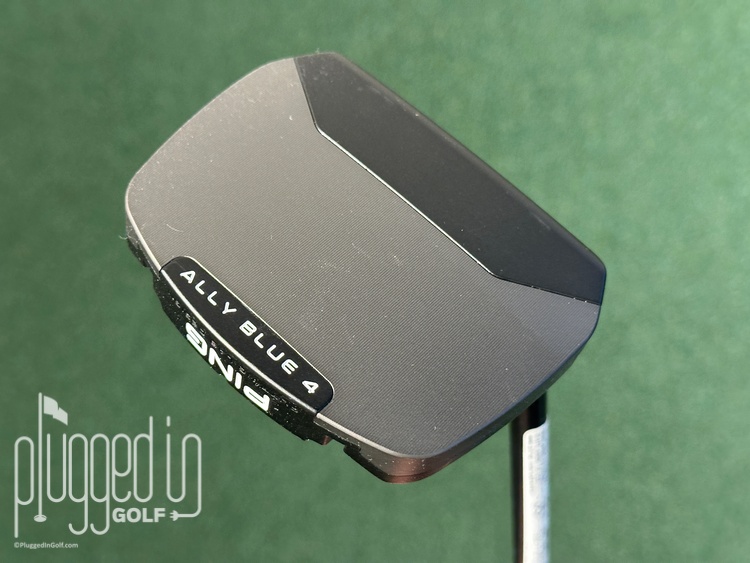
Conclusion
The PING PLD Ally Blue 4 putter carries forward the PLD line’s reputation for quality while offering the forgiveness of a modern mallet. If you want better consistency without an exotic shape, this is worth a spin the next time you’re at your pro shop.
Support Plugged In Golf, Buy HERE
He founded Plugged In Golf in 2013 with the goal of helping all golfers play better and enjoy the game more.
Matt lives in the northwest suburbs of Chicago with his wife and two daughters.
- Wilson DYNAPWR Carbon Driver Review - February 19, 2025
- SuperSpeed Speed Sticks Pro Review - February 18, 2025
- PING G440 MAX Driver Review - February 17, 2025






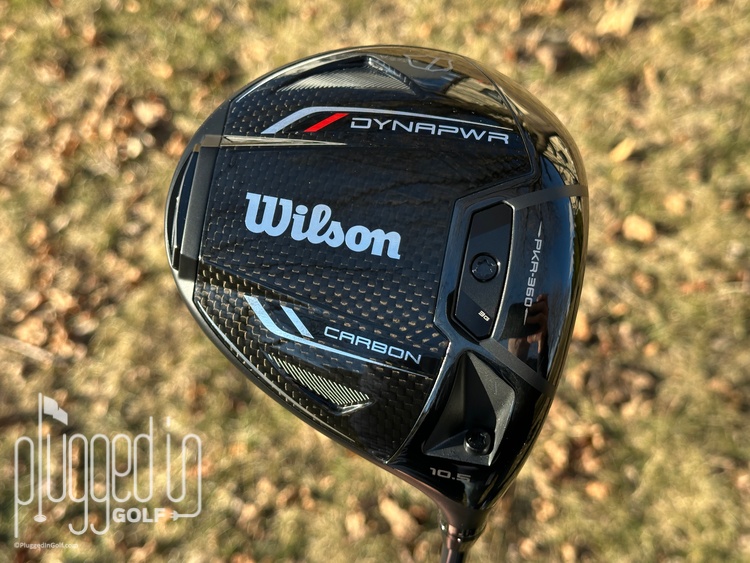
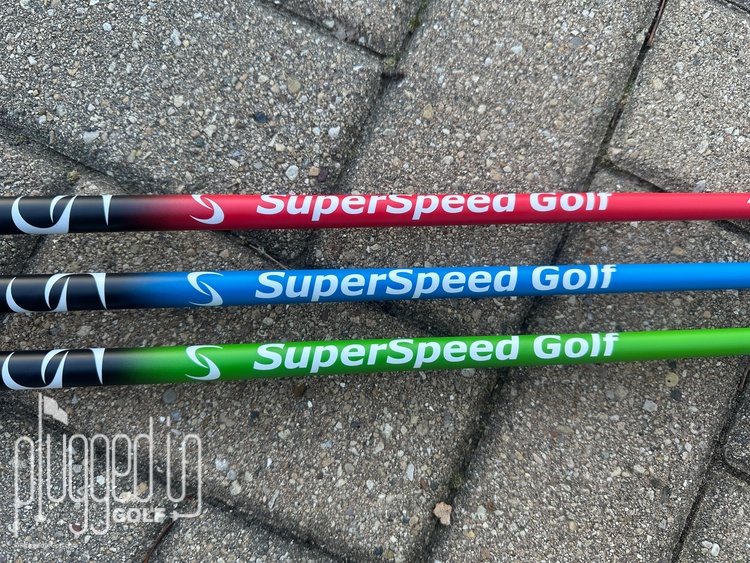
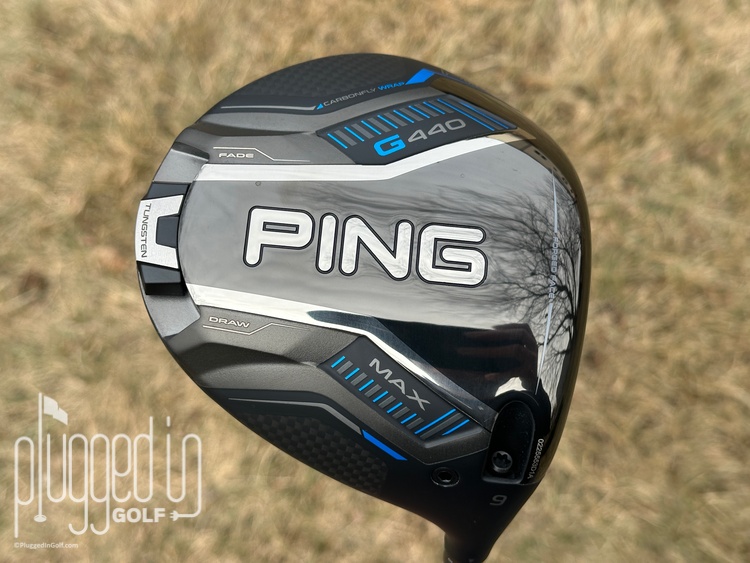


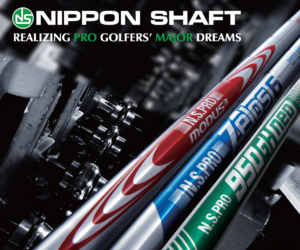







2 Comments
Thanks for review, I used to play the Ping Nome many years ago and from the description of the materials in this putter I am hoping this has the same sound/feel and probably even better stability. The PLD Anser you mentioned has the best feel/sound of any putter I have tried, such a timeless classic.
I suggest, that putter reviews begin with the hang type, amount of toe hang / zero torque, so the reader knows what type it is. I only use face balanced or zero, I read the review since it looked like my type. Wrong. At the end.